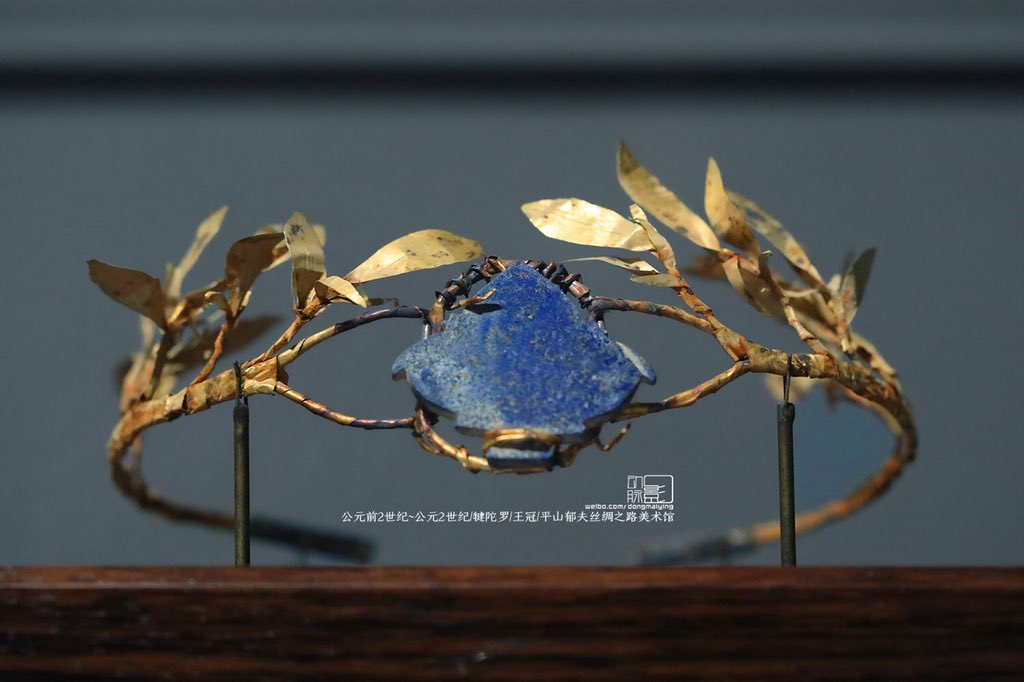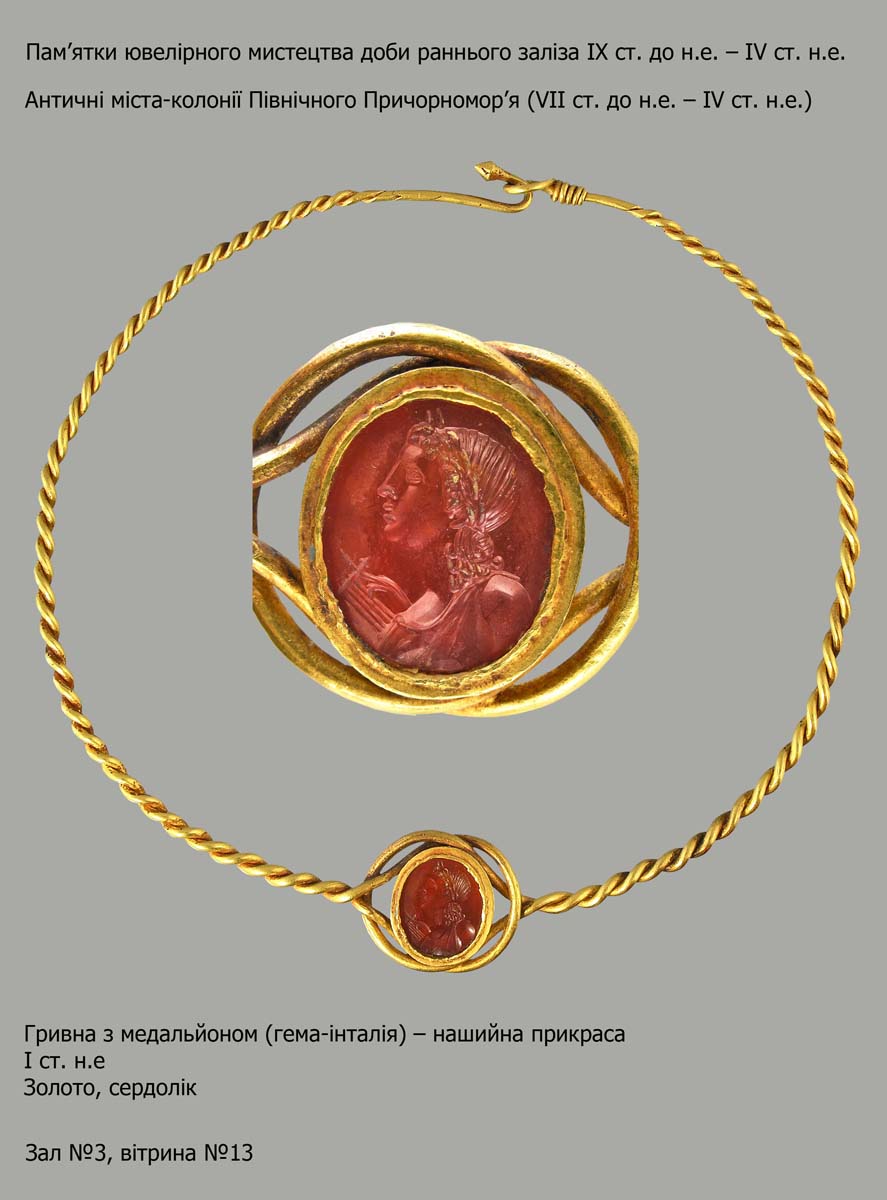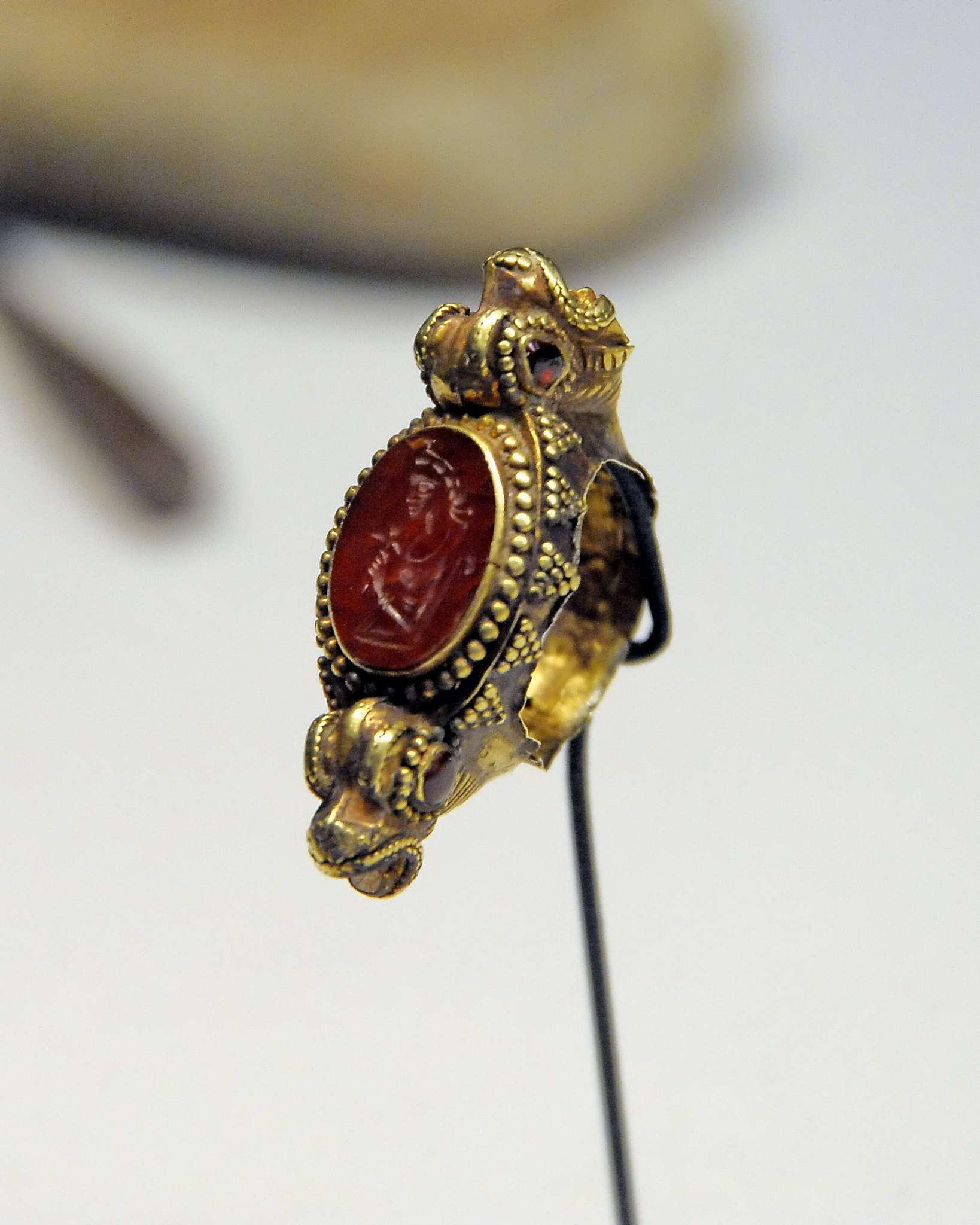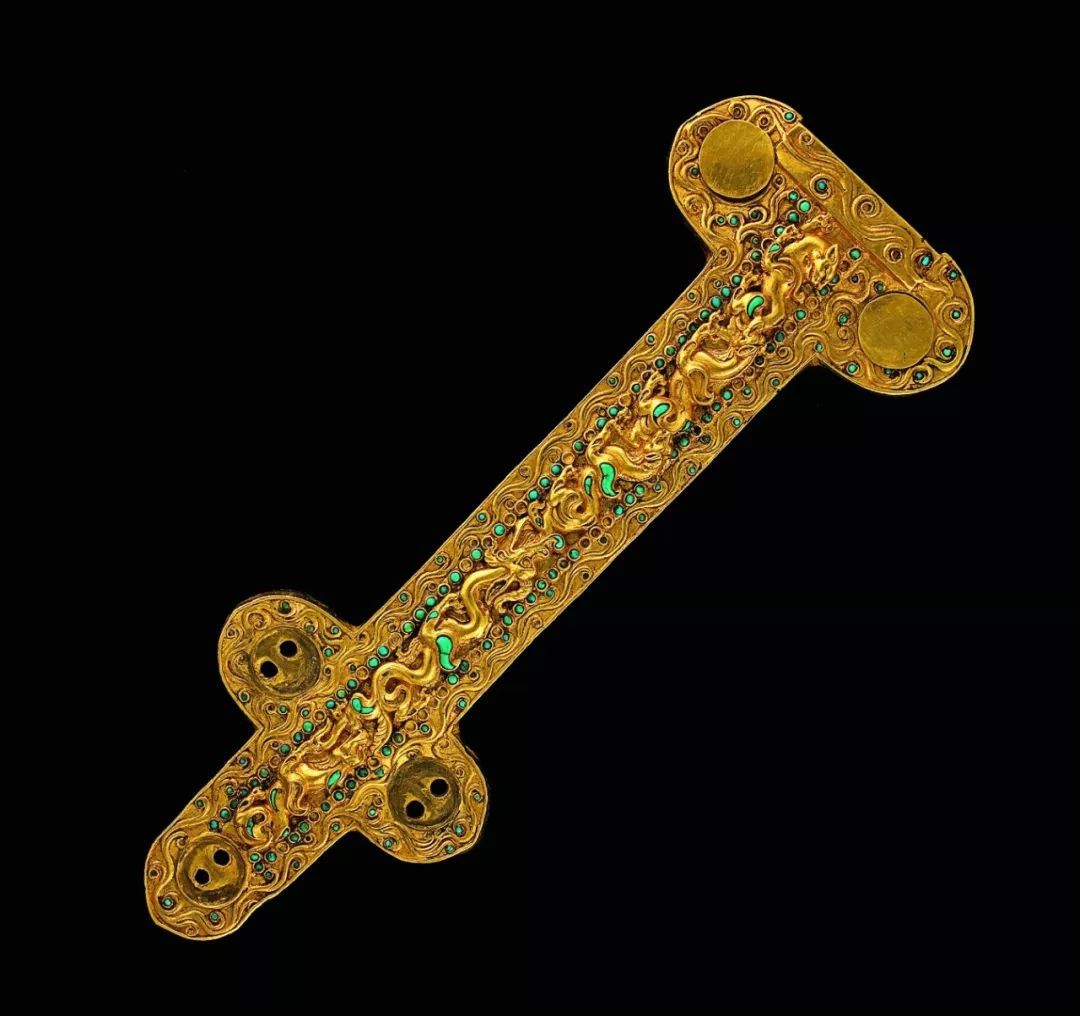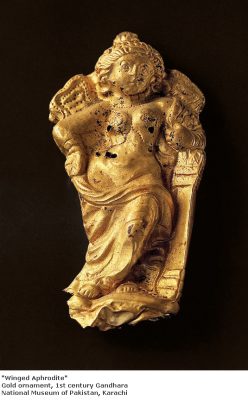
Gold ornament, 1st century
National Museum of Pakistan, Karachi photo source
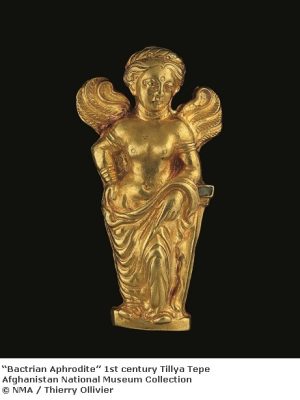
1st century Tillya Tepe, Tomb 6
Afghanistan National Museum Collection © NMA / Thierry Ollivier

1st century Tillya Tepe, Tomb 2
National Museum of Afghanistan – MK 04.40.113
© Thierry Ollivier / Guimet Museum

more >>

© Musee Guimet / Thierry Ollivier

more >>
- Buddhist Jewels in Mortuary Cult Magic Symbols, Arputharani Sengupta https://www.academia.edu/39589580/Buddhist_Jewels_in_Mortuary_Cult_Magic_Symbols
- Pictures by Sandman 샌드맨 http://www.djuna.kr/xe/board/13315703 [from the Gandhara Art exhibition “Alexander the Great met Buddha”, exhibition held at the Seoul Arts Center in 2017. The exhibition was held jointly by the Pakistan Embassy in Korea, the Peshawar Museum and the Lahore Museum


